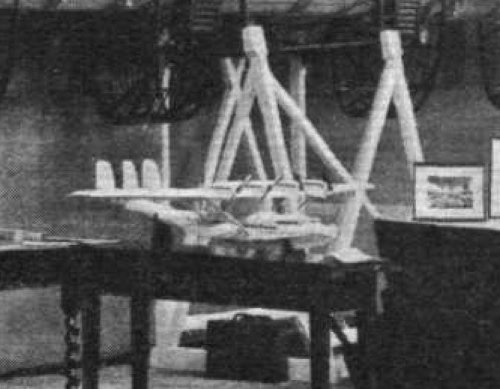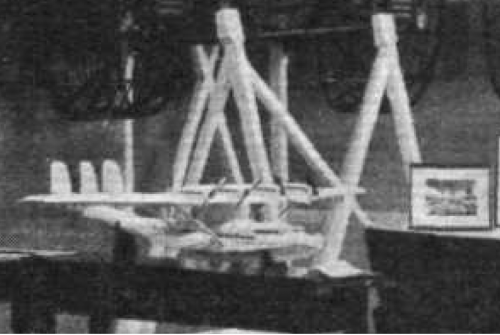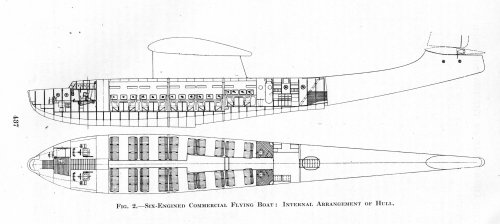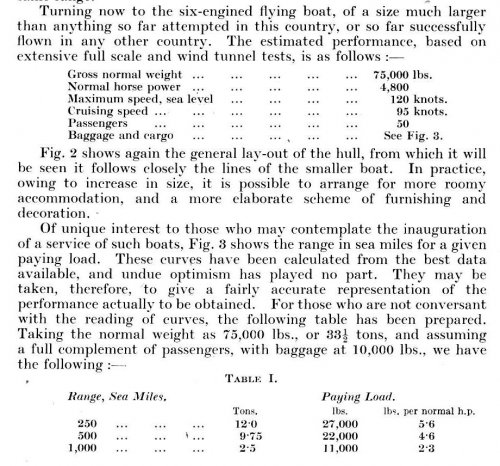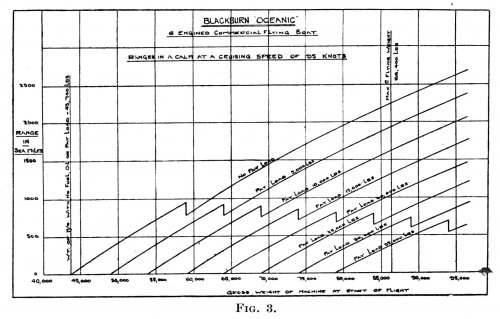- Joined
- 19 October 2012
- Messages
- 1,984
- Reaction score
- 1,941
Here is a project that needs a little detective work.
In the July 5th 1934 edition of Flight there is a poor quality photograph of a model flying boat project on the Blackburn stand at the RAF show. The text describes this as a six engine civil flying boat. Four tractor engines can be seen so the other two must be pushers. There are obvious similarities to the earlier Nile flying boat, abandoned before completion, but this one may have sponsons. Imperial Airways had issued no specs. for a six engine aircraft at this date and the aircraft is unlikely to be a simple civil derivative of the company’s R.2/33 (Sunderland) tender as that had four engines. There is no mention of the project in Putnam’s Blackburn volume.
So, who can provide further information?
Cheers
In the July 5th 1934 edition of Flight there is a poor quality photograph of a model flying boat project on the Blackburn stand at the RAF show. The text describes this as a six engine civil flying boat. Four tractor engines can be seen so the other two must be pushers. There are obvious similarities to the earlier Nile flying boat, abandoned before completion, but this one may have sponsons. Imperial Airways had issued no specs. for a six engine aircraft at this date and the aircraft is unlikely to be a simple civil derivative of the company’s R.2/33 (Sunderland) tender as that had four engines. There is no mention of the project in Putnam’s Blackburn volume.
So, who can provide further information?
Cheers

